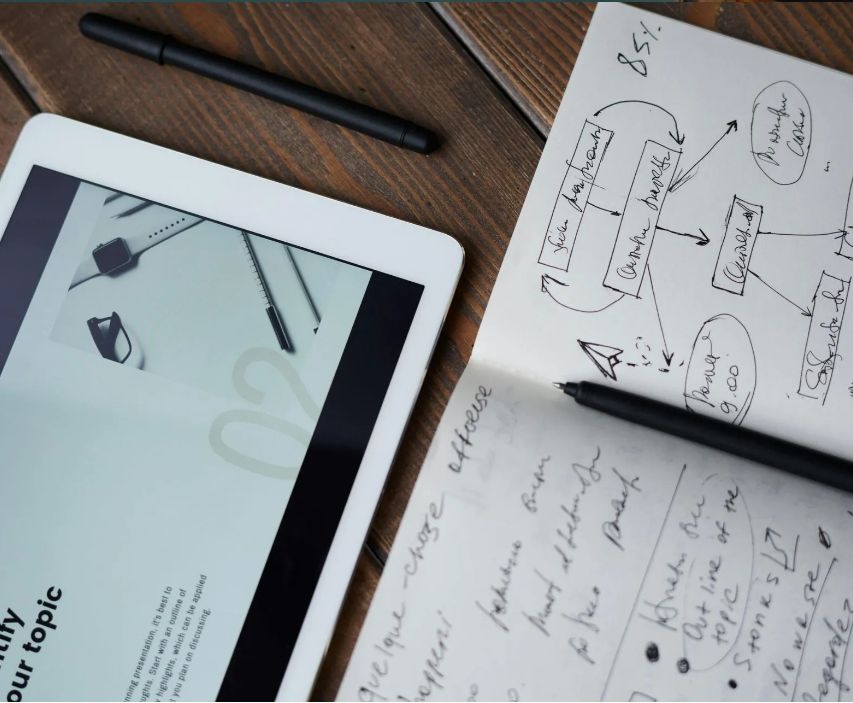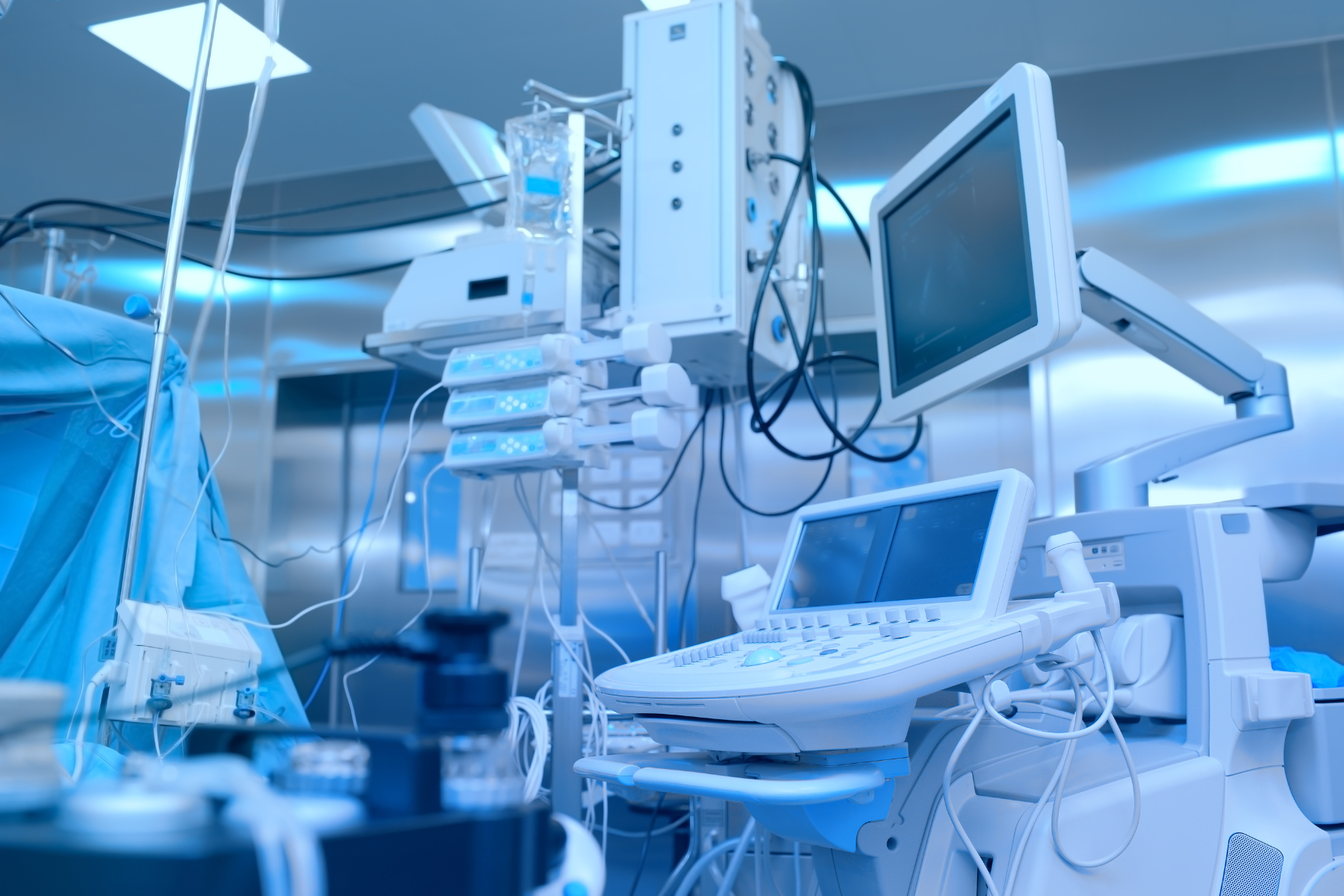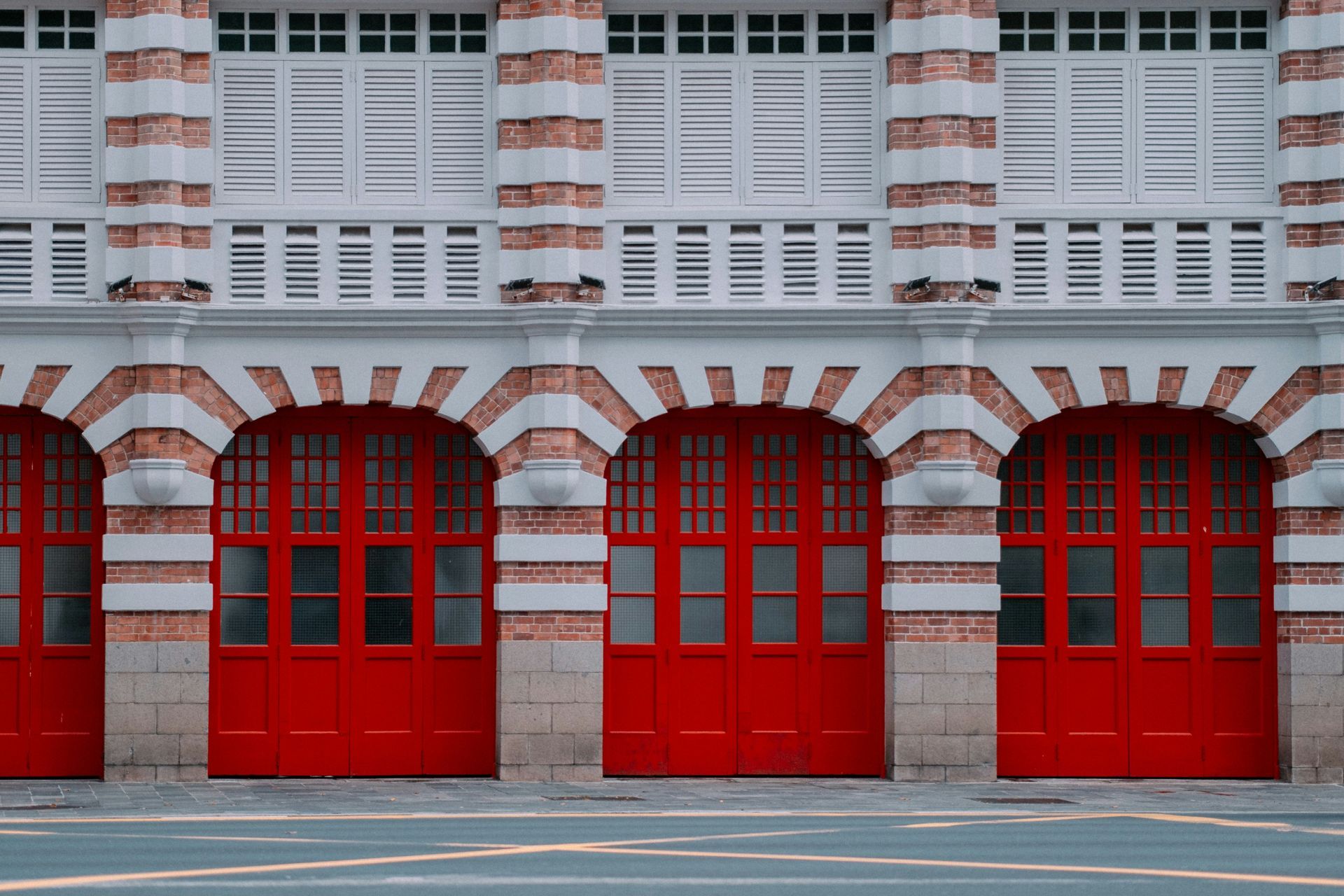Fire Stopping Services: What You Need to Know - Risk Fire
Fire stopping services play a critical role in the safety and integrity of modern buildings, yet they are often overlooked until disaster strikes. Imagine a scenario where a small spark transforms into a raging inferno, simply because the right preventive measures were absent. This is where fire stopping steps in, acting as the unsung hero in construction. Fire stopping solutions are not just about installing barriers; they are about creating a comprehensive safety net that safeguards lives and property. Let's delve into the essential aspects of fire stopping services and understand why they are a must for any building project.
Have you ever wondered how a building can control the spread of fire and smoke, ensuring the safety of its occupants?
Key Takeaways
- Fire stopping solutions are essential for preventing the spread of fire and smoke through a building
- Compliance with fire safety regulations is crucial for legal and insurance purposes
- Proper installation and regular maintenance of fire stopping systems enhance building safety
- Choosing the right fire stopping provider can influence the effectiveness of the solutions
- Investing in fire stopping services is an investment in safety and long-term cost savings
Importance of Fire Stopping
When discussing fire safety, many focus on alarms and sprinklers, but fire stopping is equally vital. Fire stopping solutions act as the guardians within a building's structure, preventing the spread of fire and smoke. This passive fire protection method is crucial in controlling fire risks and ensuring that fires remain contained, allowing time for evacuation and emergency response.
Effective fire stopping is not just about plugging gaps. It's about preserving lives and minimising property damage. By maintaining the integrity of a building's structure during a fire, fire stopping measures provide a buffer that can significantly reduce the impact of a blaze. This is particularly important in high-rise buildings and complex constructions where evacuation routes need to be safeguarded.
Properly implemented fire stopping systems also ensure that evacuation routes remain clear of smoke and fire, facilitating safe exits for occupants. Understanding the importance of fire stopping
goes beyond compliance; it helps architects and builders design safer, more resilient buildings. By integrating fire prevention strategies from the outset, buildings can meet and exceed fire safety regulations, enhancing overall safety.
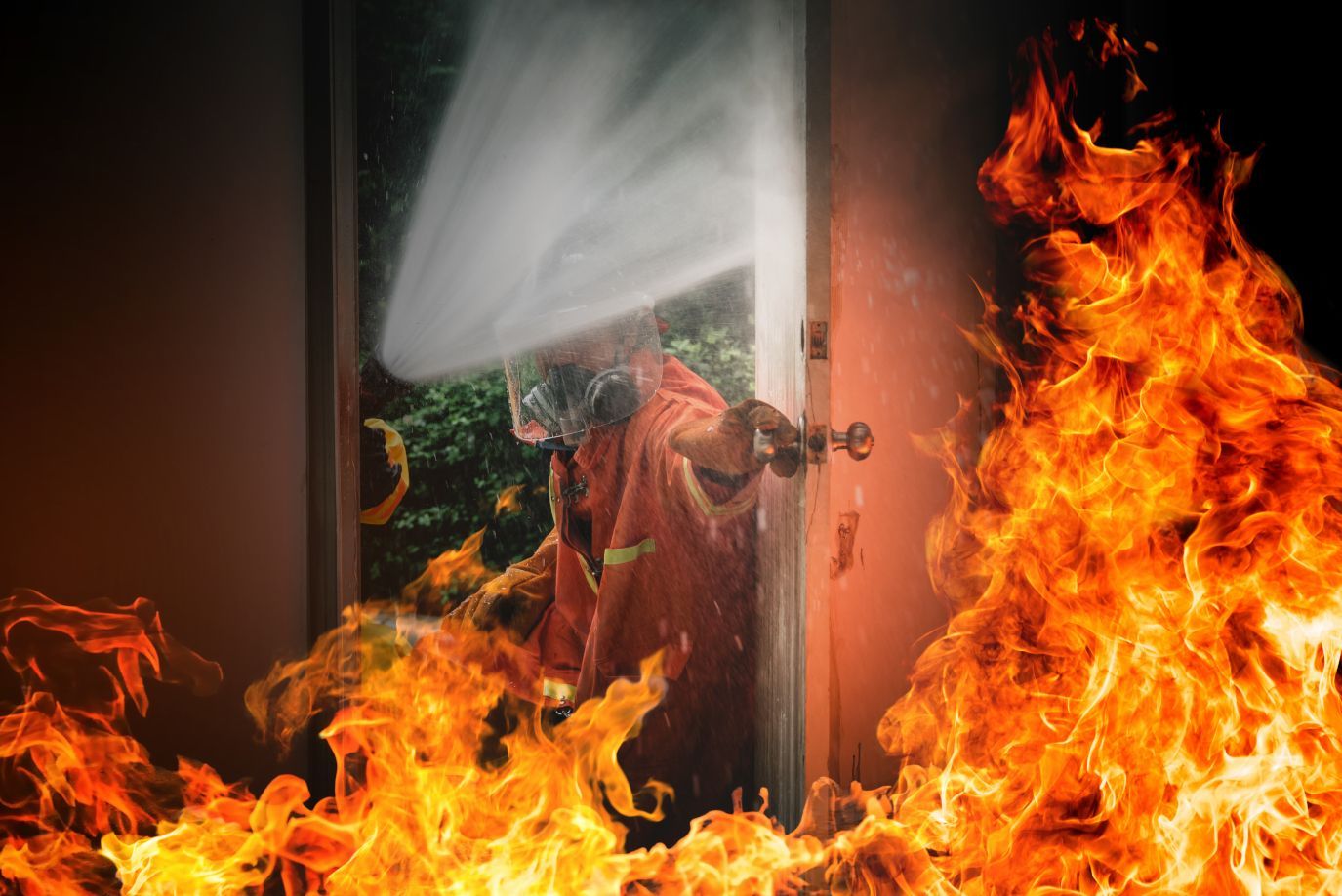
Regulations in Construction
Building regulations are the backbone of fire safety in construction, mandating specific fire stopping measures to protect lives and properties. These regulations are not just bureaucratic red tape;
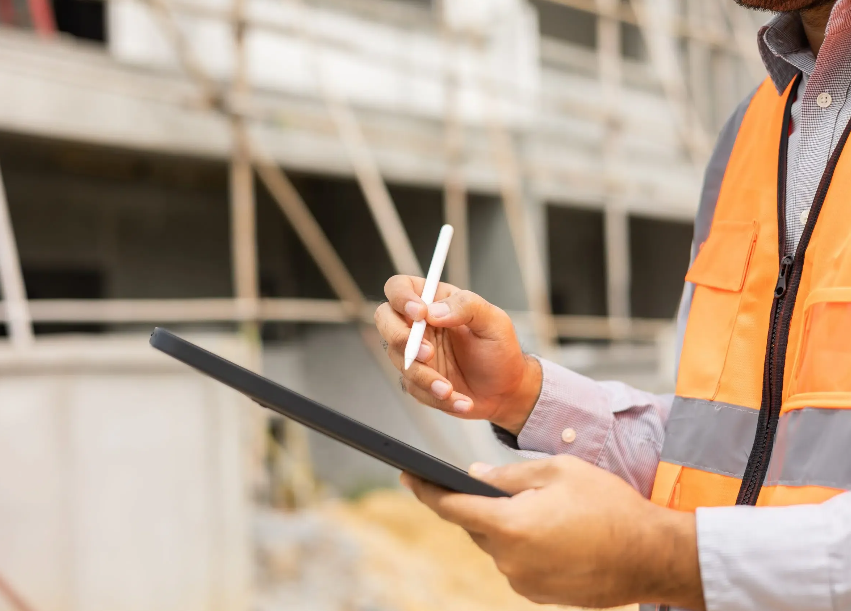
they are essential guidelines that ensure buildings are safe for occupancy. Compliance with these regulations is crucial to meet both legal and insurance requirements.
Regulatory bodies frequently update fire safety standards to reflect the latest research and technological advancements. This means architects and contractors must stay informed and adapt their practices to meet new standards. Understanding and implementing these regulations is part and parcel of a responsible construction project.
Awareness of regulations aids in planning and executing compliant construction projects. It enables architects and contractors to anticipate challenges and incorporate necessary fire stopping measures from the design phase. By doing so, they not only comply with the law but also contribute to safer building environments.
Fire Stopping Installation Process
The fire stopping installation process begins with a comprehensive assessment of the building's fire risks. This assessment identifies potential vulnerabilities and informs the choice of fire stopping solutions. Skilled technicians then use specialised materials to seal penetrations and joints, creating effective barriers against fire and smoke.
Correct installation is critical to the performance of fire stopping systems. When done right, all components work seamlessly to contain fire and smoke, protecting lives and property. Detailed records of installations are maintained, assisting in future maintenance and inspections.
Ensuring quality installation reduces the likelihood of system failures during a fire. It provides peace of mind, knowing that the building is equipped to handle fire emergencies. By prioritising quality over shortcuts, you invest in a safer, more resilient building.
equipped to handle fire emergencies. By prioritising quality over shortcuts, you invest in a safer, more resilient building.

Compliance Requirements
Compliance with fire stopping requirements can vary based on a building's design and purpose. Each building has unique characteristics that influence the type and extent of fire stopping measures needed. Detailed documentation of these measures is essential to verify compliance and demonstrate adherence to fire safety standards.
Regular audits and inspections play a vital role in confirming compliance. These checks ensure that fire stopping systems remain effective and that any potential vulnerabilities are identified and addressed promptly. Non-compliance can lead to severe penalties, including legal repercussions and increased insurance premiums.
Engaging with fire safety consultants can streamline the compliance process. These experts offer valuable insights and guidance, helping you navigate complex regulations and achieve compliance efficiently. By partnering with professionals, you can focus on delivering safe, compliant buildings that stand up to scrutiny.

Importance of Fire Stopping Maintenance
Regular maintenance keeps fire stopping systems in optimal condition, ensuring they function as intended during a fire. Maintenance checks identify and rectify potential vulnerabilities, such as deteriorating seals or compromised barriers. This proactive approach extends the lifespan of fire stopping installations.
Fire stopping maintenance involves inspecting various components, including seals, barriers, and penetrations. By routinely checking these elements, you can catch issues early and prevent costly repairs or replacements. Consistent maintenance practices enhance the overall safety of the building, providing ongoing protection for occupants.
Proper maintenance is not just about preserving the integrity of fire stopping systems; it's about maintaining a culture of safety. By prioritising maintenance, you demonstrate a commitment to fire safety and create a safer environment for everyone who uses the building.
Fire Stopping Solutions
Fire stopping solutions come in various forms, each catering to different building needs and designs. Intumescent materials, for instance, expand when exposed to heat, filling gaps and preventing the spread of fire and smoke. These materials are particularly effective in areas with service penetrations or joints.
Fire-resistant boards and sealants provide robust barriers against fire and smoke, offering additional protection in vulnerable areas. Penetration seals are used where services pass through fire-rated walls, ensuring these openings do not compromise the building's fire resistance.
Choosing the right fire stopping solution requires a thorough understanding of the building's specific risks and characteristics. It's not just about selecting materials; it's about integrating them into a cohesive fire safety strategy that effectively mitigates fire risks.
Benefits of Fire Stopping Services
Fire stopping services significantly reduce the risk of fire-related fatalities by containing fires and preventing their spread. This containment limits damage to property and reduces repair costs following a fire event. By investing in professional fire stopping, you enhance your building's insurance coverage and overall value.
Implementing proper fire stopping measures demonstrates a commitment to safety, which can positively impact your reputation and relationships with stakeholders. Effective fire stopping also minimises business interruption in the event of a fire, allowing operations to resume more quickly.
Ultimately, fire stopping services provide peace of mind, knowing that your building is equipped to handle fire emergencies. It's an investment in safety that pays dividends in both the short and long term.
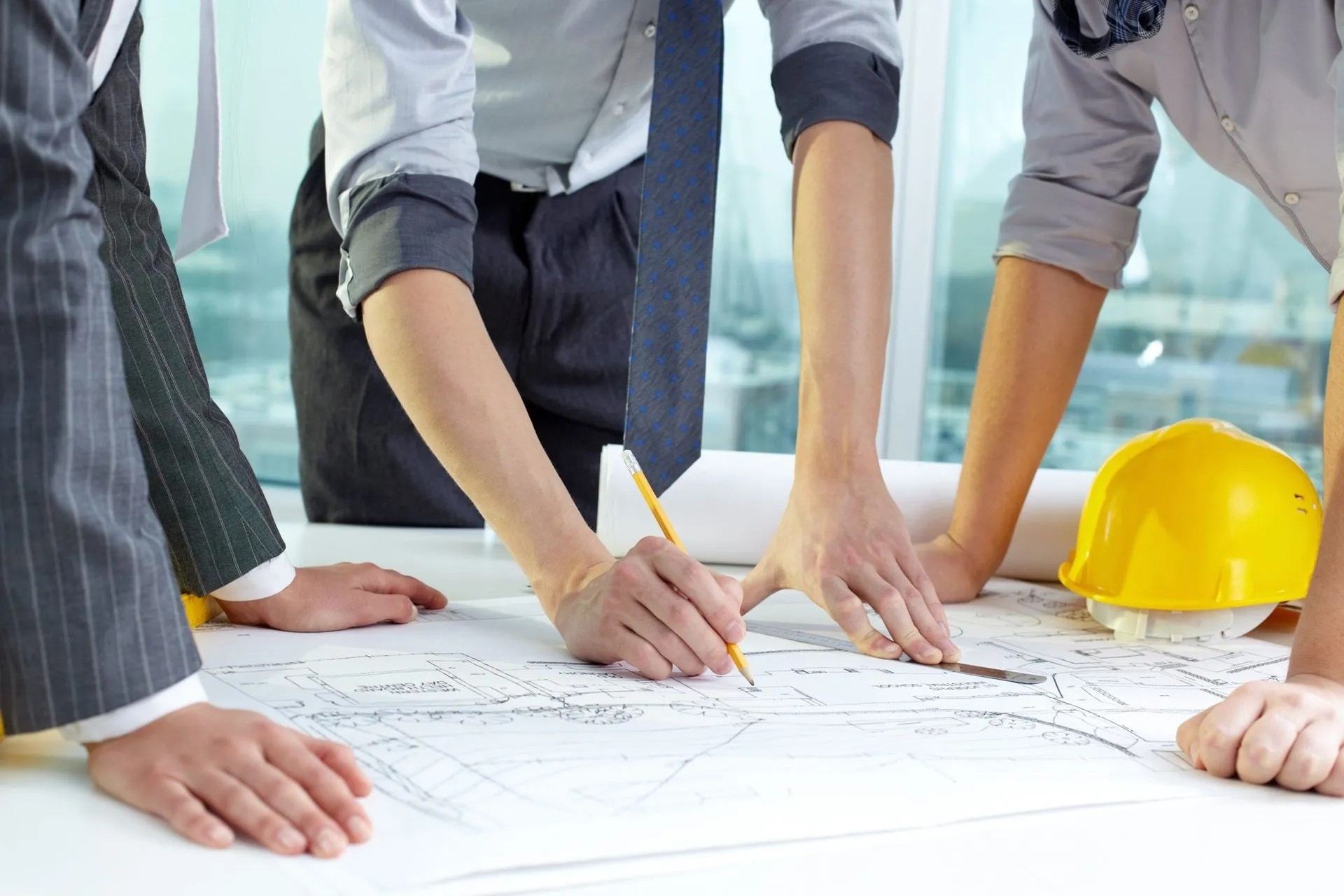
Choosing the Right Fire Stopping Provider
Selecting the right fire stopping provider is crucial to the success of your fire safety strategy. A reputable provider offers experienced technicians and proven solutions, ensuring that your building is equipped with effective fire stopping measures.
Providers should possess a strong understanding of current regulations, standards and legal requirements, enabling them to deliver compliant services. Customer testimonials and case studies can verify the provider's reliability and track record, offering insights into their performance and quality of service.
A comprehensive service package from a provider includes installation, inspection, and maintenance, covering all aspects of fire stopping. Transparent pricing and detailed proposals reflect a trustworthy provider, helping you make informed decisions about your fire safety needs.
Cost Considerations
Investing in fire stopping services involves an initial cost, but it can prevent costly future damages. The cost considerations should balance the quality and affordability of materials, ensuring you get value for your investment. Providers often offer flexible pricing options to accommodate different budgetary needs.
Long-term savings are achieved through reduced repair and insurance costs, making fire stopping a financially sound decision. Understanding the cost implications of fire stopping services helps you make informed decisions about your fire safety strategy.
By considering both the immediate and long-term financial impacts, you can invest in fire stopping services that provide maximum protection and value.
Conclusion
Fire stopping services are a critical component of building safety, playing a vital role in safeguarding both structures and occupants. By understanding and implementing fire stopping measures, you enhance the safety and integrity of your building. Regular maintenance and compliance ensure that these systems remain effective, providing ongoing protection.
Choosing the right provider guarantees that your fire stopping solutions are up to standard, offering peace of mind and security. Investing in fire stopping is not just about meeting regulations; it's about committing to safety and protecting what matters most.
How can you integrate fire stopping measures into your next building project to enhance safety and compliance?
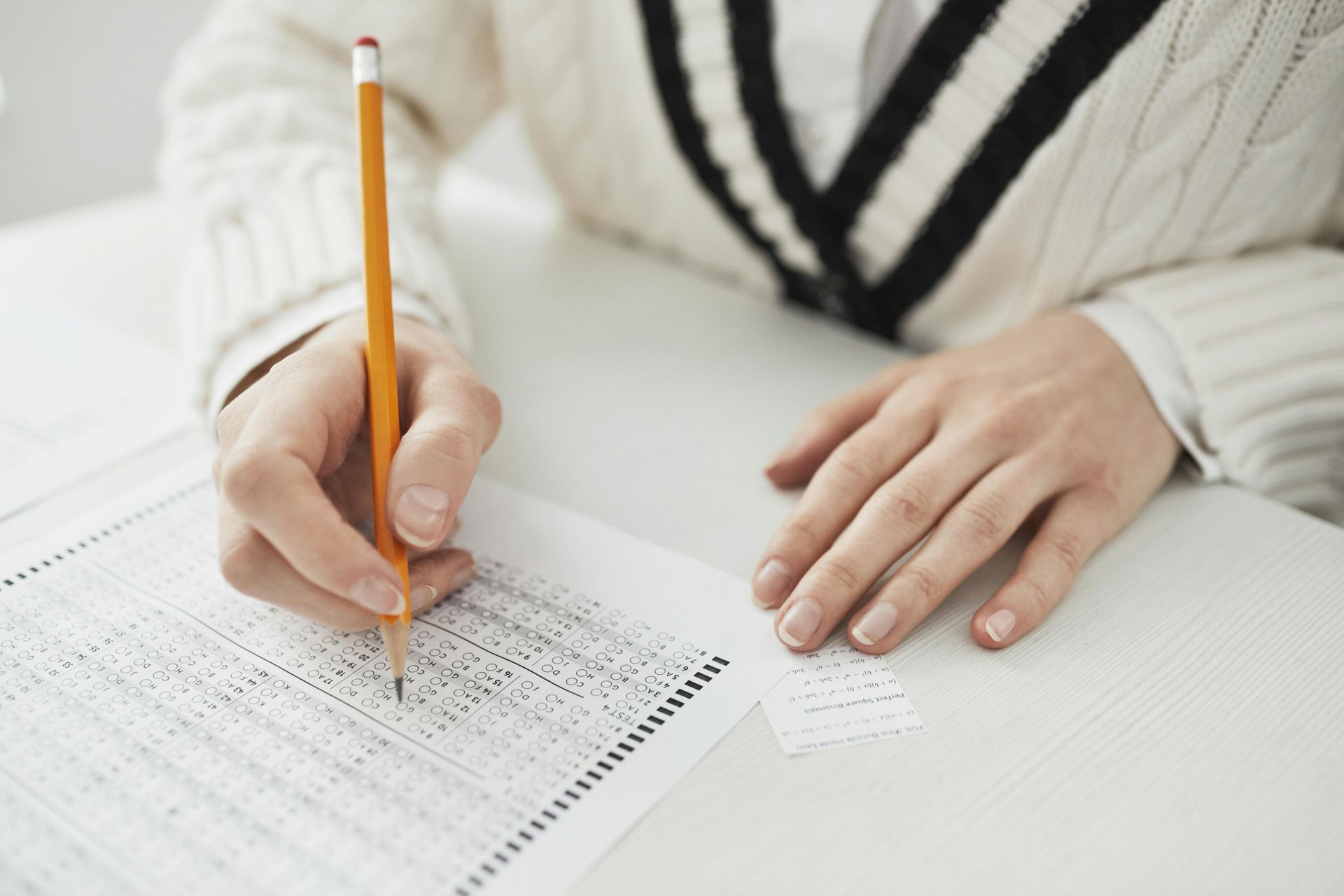
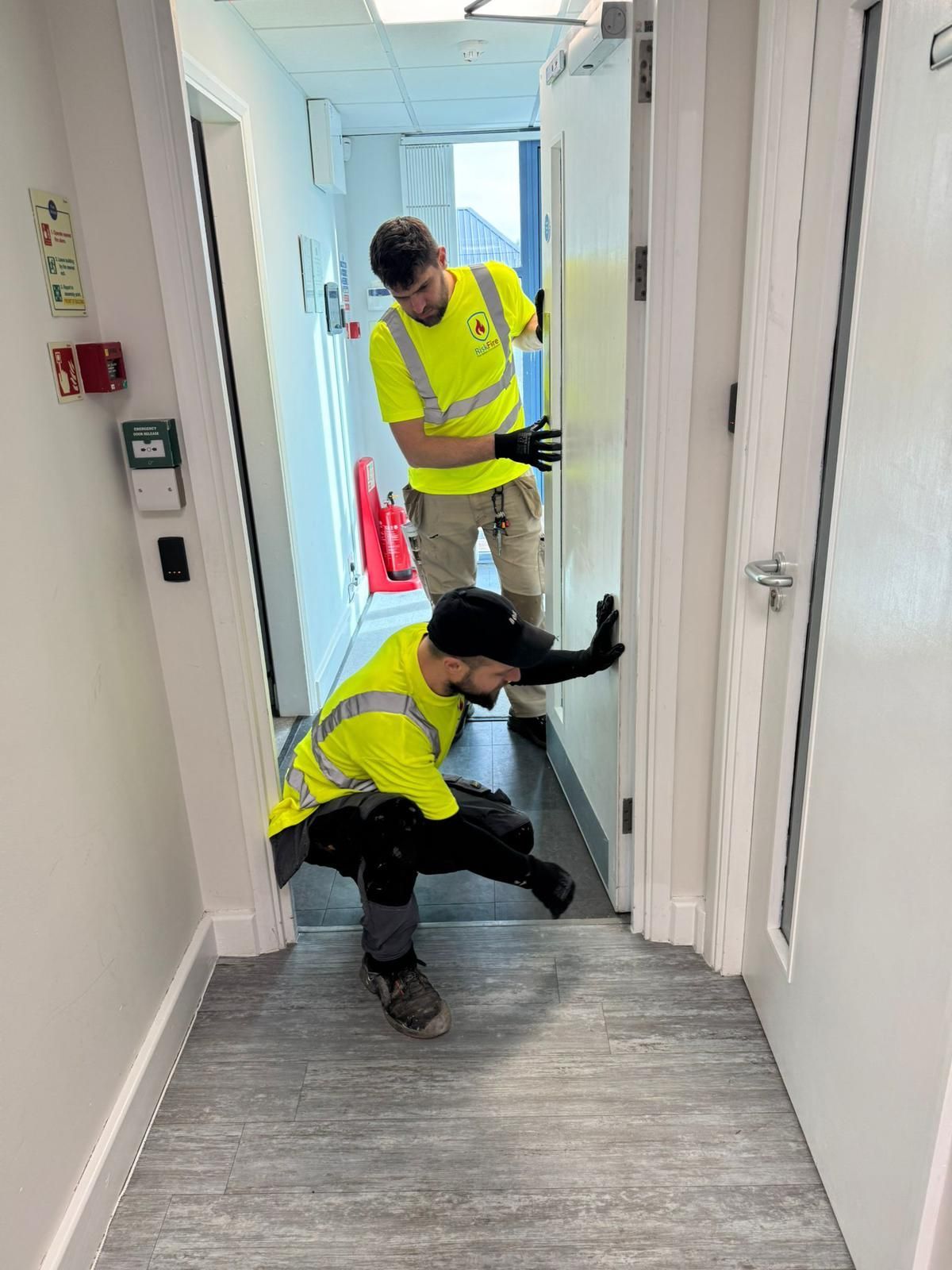

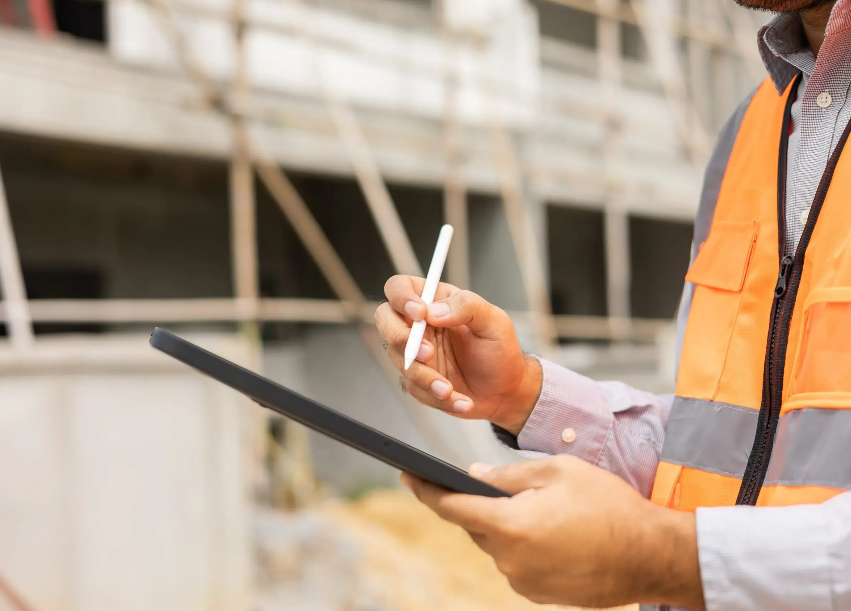
Enquire Now
We will get back to you as soon as possible.
Please try again later.

